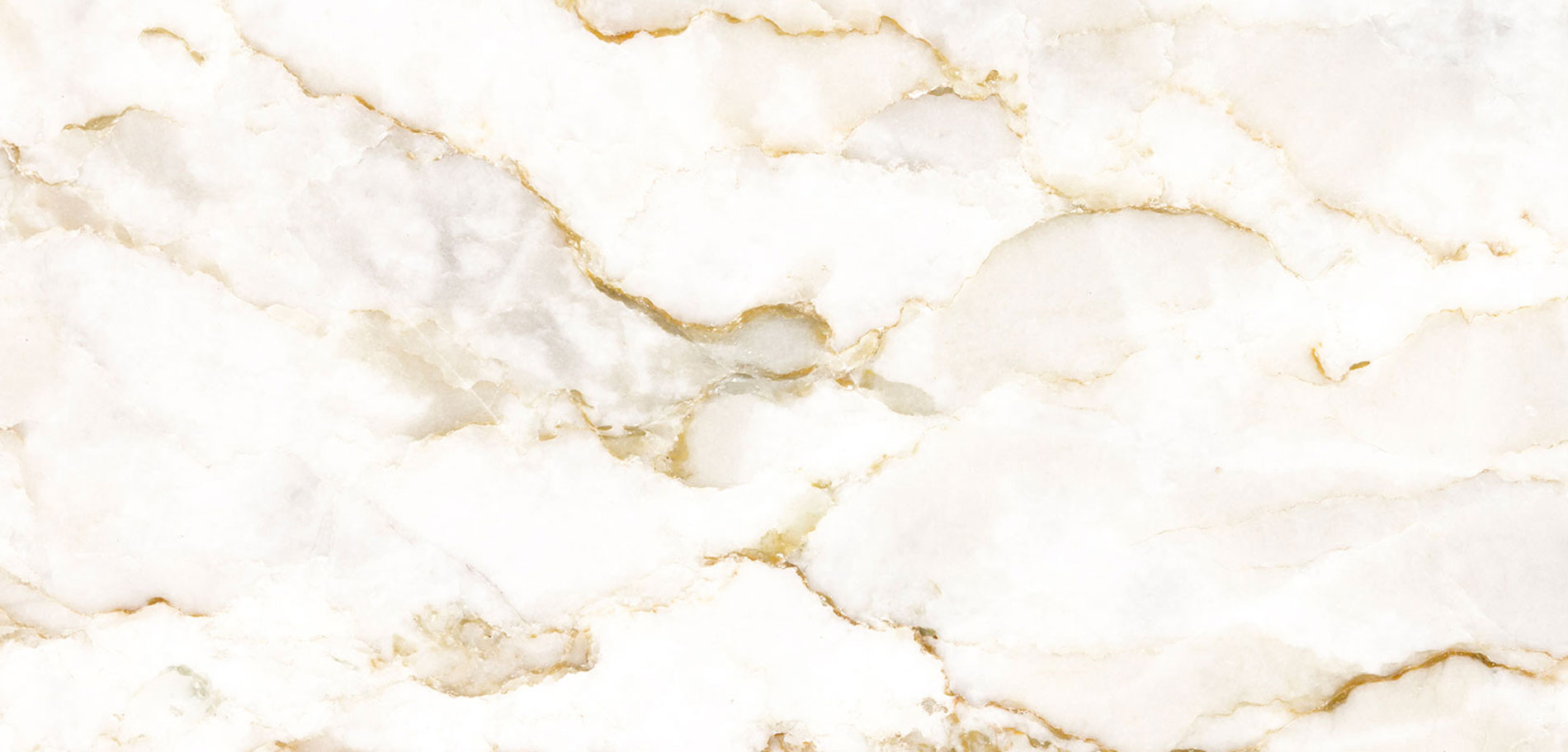Rhinoplasty, commonly referred to as a nose job, is a surgical procedure that aims to enhance the appearance of the nose, whether for cosmetic or functional reasons. However, within the realm of rhinoplasty, there exists a specialized subset known as ethnic rhinoplasty. Dr. Fahradyan, sheds light on the nuanced differences between these two procedures, which cater to distinct aesthetic goals and cultural considerations.
Traditional rhinoplasty typically follows a standardized approach that prioritizes Western ideals of beauty and proportion. This may involve refining the nasal bridge, reshaping the tip, and correcting any asymmetry to achieve a more harmonious facial profile. The focus is often on achieving a nose that conforms to conventional standards of attractiveness, which may not always align with the diverse facial features found in individuals from various ethnic backgrounds.
In contrast, ethnic rhinoplasty recognizes and celebrates the unique cultural and ethnic characteristics of a patient’s nose. Dr. Fahradyan emphasizes that it acknowledges that beauty standards vary across different cultures and aims to preserve or enhance these features while addressing specific concerns. Ethnic rhinoplasty requires a nuanced understanding of facial anatomy, cultural norms, and aesthetic preferences to achieve results that are both aesthetically pleasing and culturally sensitive.
One of the key differences between traditional rhinoplasty and ethnic rhinoplasty lies in the surgical techniques employed. Dr. Fahradyan explains that ethnic rhinoplasty often involves specialized techniques tailored to address specific anatomical features commonly found in individuals of African, Asian, Middle Eastern, or Hispanic descent. These may include techniques to augment or refine the nasal bridge, redefine the nasal tip, or address issues such as nasal width or nostril flare while maintaining ethnic identity.
Furthermore, ethnic rhinoplasty requires a deeper appreciation for facial harmony and balance within the context of cultural diversity. Surgeons performing ethnic rhinoplasty must consider factors such as skin thickness, cartilage strength, and the underlying nasal structure, which can vary significantly among different ethnic groups. By understanding and respecting these differences, surgeons can achieve results that not only enhance the appearance of the nose but also honor the patient’s cultural heritage.
It’s important to note that both rhinoplasty and ethnic rhinoplasty are highly personalized procedures tailored to the individual needs and desires of each patient. Whether seeking a traditional rhinoplasty or an ethnic rhinoplasty, patients should prioritize selecting a plastic surgeon with experience and expertise in the specific procedure they are considering. A thorough consultation with Dr. Fahradyan will allow for a comprehensive discussion of goals, expectations, and the most suitable approach to achieve the desired results.
In conclusion, while rhinoplasty and ethnic rhinoplasty share the common goal of enhancing the appearance of the nose, they differ in their approach, techniques, and considerations. Ethnic rhinoplasty, embraces diversity and cultural uniqueness, offering patients the opportunity to achieve aesthetic improvements while preserving their ethnic identity. By understanding these differences, patients can make informed decisions and collaborate with Dr. Fahradyan to achieve the best possible outcomes tailored to their individual preferences and heritage.

